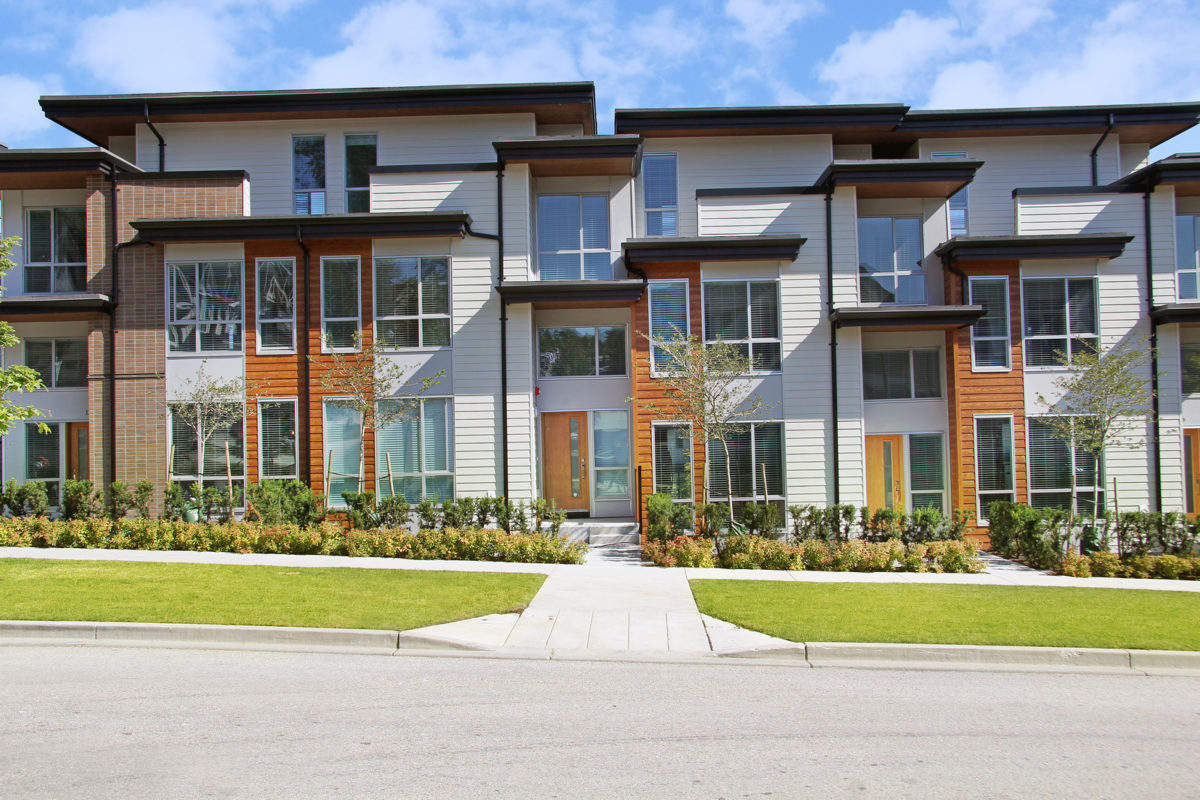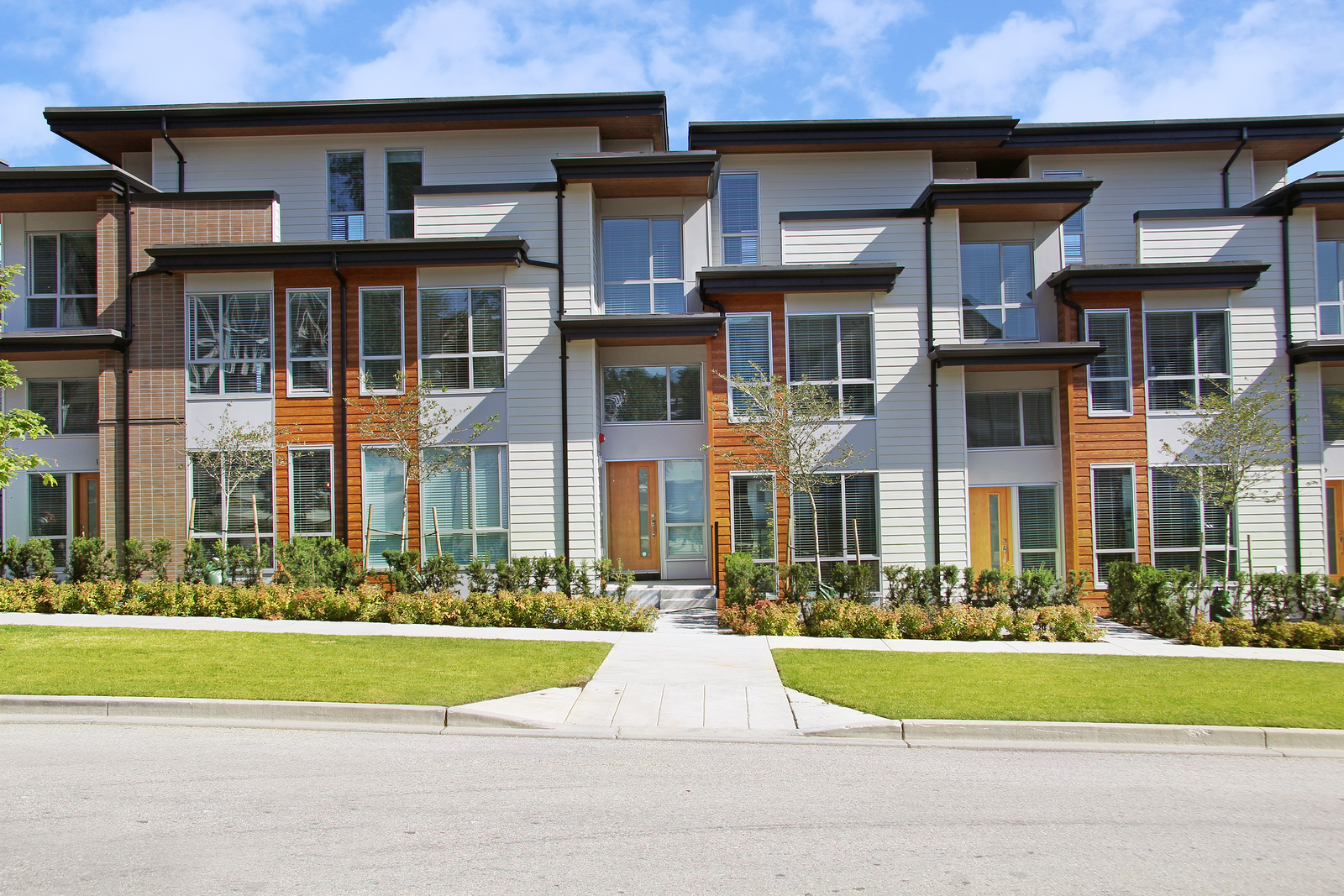As real estate agents, it’s only natural that we’d rather you sell your home than remain in it, “aging in place.”
The fact is, however, almost 90 percent of baby boomers older than 65 want to remain in their current homes for as long as possible, according to an AARP survey.
We completely understand the desire. After all, we, too, have homes that we carefully chose, have been paying off for years, in which we’ve built memories and to which we hold a strong emotional attachment.
Yes, we get why folks would want to remain in their homes. So, we turned to the experts to learn some tips on what’s required to make a home safe and comfortable for those of us with aging bodies.
You may need a contractor
And, not just any contractor. Today, there are contractors trained specifically in how to modify homes for folks who wish to age in place.
These Certified Aging in Place Specialists (CAPS), trained by the National Association of Homebuilders, will help you come up with a plan and determine the cost of the required renovations.
Costs, by the way, can “… range from a couple hundred dollars for widening a doorway to several thousand dollars or more, for remodeling a bathroom,” according to Stan Gornicz, cited at Forbes.com. Gornicz also offers suggestions on what to look for when hiring a CAPS contractor:
- Interview and get written bids from at least three contractors.
- Ask for references from former clients and do call them to find out how the contractor did.
- Check the Better Business Bureau’s file on the contractors and look for reviews at Yelp.com.
- Don’t automatically choose the lowest bidder.
- Ask to see each contractor’s license and insurance information. You’ll want to verify that the contractor carries worker’s compensation insurance and has personal liability coverage.
Learn what to insist on when it comes to the contract. You can find that information in Gornicz’s article at Forbes.com.
You’ll find a list of CAPS contractors at NAHB.org.
Ew, stairs
There comes a time in our lives, even for the most fit among us, when something as simple as climbing a flight of stairs is downright painful. It’s the knees and ankles that have the roughest time of it.
While there’s nothing you can do to magically transform a multi-story home into a single level, there are ways to make climbing the stairs easier on your body and avoid the slips and falls so common when trying to navigate stairs.
If you have a big budget, installing an elevator is the ideal solution. Other solutions include a wheelchair lift or finding space on the main floor for a master suite, keeping stair-climbing to a minimum.
Speaking of wheelchairs
Although you may be fit right now, the day may come when you find yourself wheelchair bound. The statistics prove this:
10.7 million people age 65 and older have mobility problems, according to a U.S. Census Bureau survey.
Navigating the hallways in the typical home is one of the biggest problems for the wheelchair bound. Most hallways in homes are 36 inches in width, which is far too narrow for someone in a wheelchair. The ideal width is 48 inches, but 42 inches will work.
You may also need to install a ramp to the main entrance to the home.
In the bathroom
The Centers for Disease Control finds that more than 153,000 Americans are injured each year as the result of an accident in the shower. As we age, our balance isn’t what it used to be, so slips and falls happen.
Non-skid strips on the bottom of the tub are a good start to making the bathroom safer as you age. But a grab bar inside the shower or tub surround makes it even safer. Other ways to make the bathroom older-adult friendly include:
- Widening the shower so that you can roll into it in a wheelchair
- Raising the toilet
- Lowering the sink
Making cooking and cleanup easier
Imagine being in a wheelchair, trying to make a meal or do the dishes or clean the countertops or, heaven forbid, reach for a plate in the cupboard.
Kitchens are challenging for the adult hoping to age in place, but there are tricks to modify the room to conform to your needs. The National Aging in Place Council shares ideas at NAIPC.org.



















